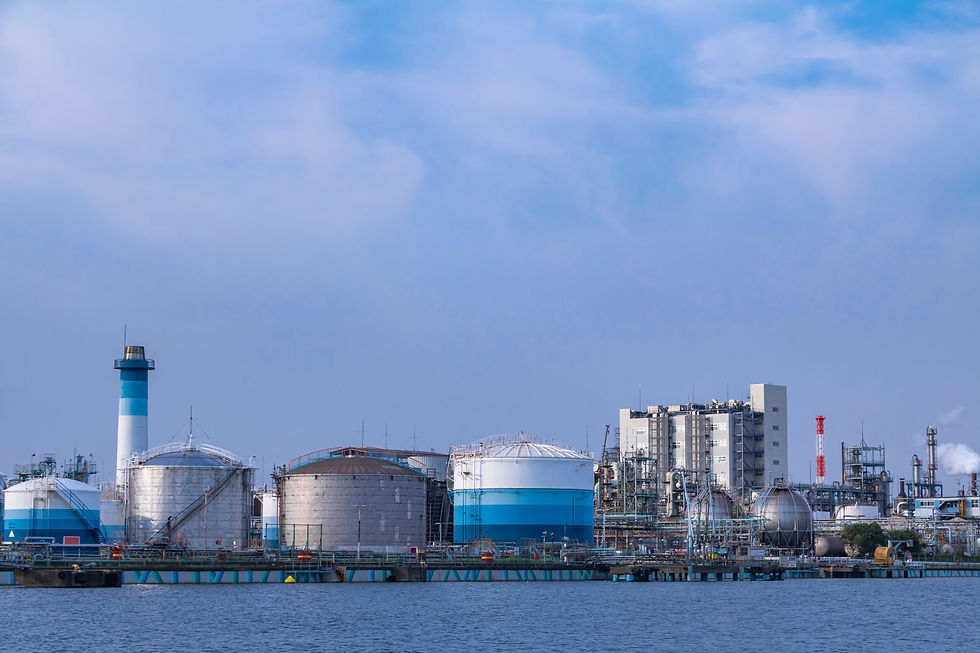Research Studies Impact of Shale Development in PA State Parks
- CEPM Staff
- Oct 2, 2020
- 2 min read

According to the Pennsylvania Department of Conservation and Natural Resources (DCNR), natural gas extraction takes place on approximately 700,000 acres of state forest. While Governor Wolf issued a moratorium that stopped new leasing of state lands 2015, these lands remain impacted today.
State lands are maintained by the DCNR, and much of it is open for recreational use. The DCNR monitors shale gas activities on state lands. Its Gas Monitoring Program works to track and monitor the effects shale gas development has on the natural resources, land uses, and the changes in monetary values that development causes to state forest land. According to a 2018 inventory performed by the DCNR, 22,423 acres of untouched land were partially altered due to shale gas development. Additionally, 20.3 miles of trails were directly impacted by the placement of shale gas infrastructure and another 52.6 miles of trails have shale gas infrastructure located within 400 feet of their path. While DCNR conducts an inward assessment of shale gas development and its impacts on recreational lands in Pennsylvania, it does not look at how shale gas development changes the ways in which recreationists use state lands.
Researchers from the University of New Hampshire, the Pennsylvania State University, and the University of Edinburgh (Scotland) teamed up to further study impacts on recreation created by energy development, focusing on impacts experienced by people engaged in outdoor recreation activities. Their 2019 study, “The impacts of shale natural gas development on outdoor recreation: A statewide assessment of Pennsylvanians,” used quantitative as well as qualitative analysis methods to study the impacts on local stakeholders and outdoor recreation users.
The researchers found that most outdoor recreationists in Pennsylvania are largely un-impacted by natural gas development, at least in a physical sense. In regions where shale gas development is prominent (North Central and Southwestern Pennsylvania), people were most likely to be physically impacted, and 13.8% of respondents reported changing their outdoor recreational behaviors as a direct result of shale gas development. However, the researchers also found that perceptions about natural gas development are nearly as likely to alter the behavior of recreationists as physical impacts; 12.3% of respondents identified social, aesthetic, and environmental impacts (like increased road traffic) as reasons they changed their recreational behaviors.



Comments